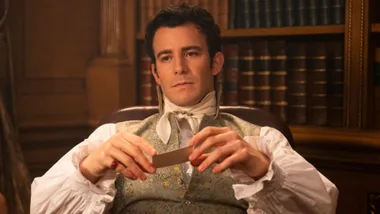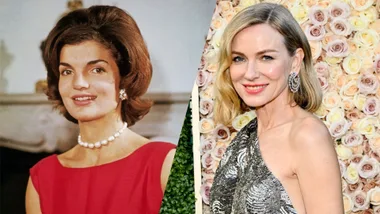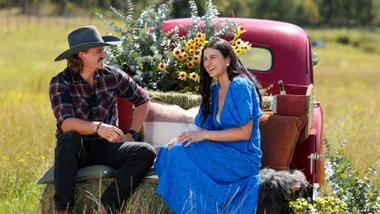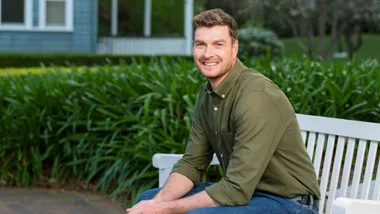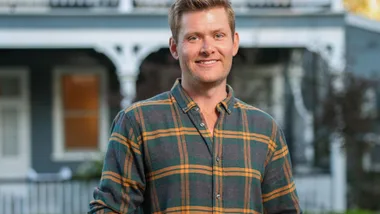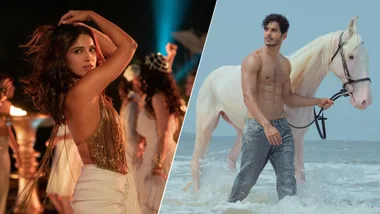Fit equals slim. Right? Fit equals svelte: long, toned limbs; golden, glowing skin; shiny, healthy hair; bright, white smiles; small.
This is the image of health beaming from behind the front desks at gyms, plastered on billboards advertising overtly aspirational sportswear, and on the #fitspo hashtag you secretly binge-stalk on Instagram.
But a group of fitness gurus are challenging the notion that health is a question of size via social media (where else?), their daily posts inspiring a growing global community to move their bodies, no matter the shape.
There are the yoga enthusiasts, whose every selfie displaying larger bodies curved into back-bends goes viral (like Valerie Sagun, alias @biggalyoga, who spreads “self-love through yoga” to her 71,000 Instagram followers).
There are the plus-size athletes, like NSW’s Leah Gilbert, who storm across the finish lines at triathlons in plus-size activewear.
And, yes, there are the runners.
Earlier this year, Women’s Running magazine in the US caused a sensation by fronting their August issue with a size 18 cover star alongside the tagline “3 Reasons Your Weight Doesn’t Matter.”
The model in question – 18-year-old New Yorker Erica Schenk – has been running for fun for 10 years.
“Some women believe that since they have curves they can’t run or shouldn’t run,” Schenk told the magazine. “Running is for every body anytime.”
The experts agree. “There are a number of studies that show it’s much better to be fat and fit than thin and unfit,” Dr Mike Loosemore told the UK’s Stella magazine. “The emphasis should be on activity, not size.”
This taps into the Healthy At Every Size movement, which argues against the grain of prevailing medical wisdom that prioritises weight loss as a marker of health. Instead, physical activity, no matter how small, is viewed as paramount, and extreme dieting as verboten.
The movement has received criticism for its body positivity, which some believe normalises obesity.
But even its detractors agree that – whatever your weight – the physical and psychological benefits of moving your body are undeniable.
For many plus-size women, however, the world of fitness is intimidating and discouraging. What these new fitness gurus represent is a way into that world, without any of the judgement usually associated with weight.
“We live in a very weight-focused society where thinness is rewarded,” says psychotherapist Sarah Harry, co-director of Body Positive Australia. “Seeing a range of sizes and body types [being active] is very inspirational and helps to dispel a lot of the fears that people have about exercising. It’s empowering.”
Meet The New Workout Gurus
The Instagram Star
JESSAMYN STANLEY, 28, Yoga Instructor
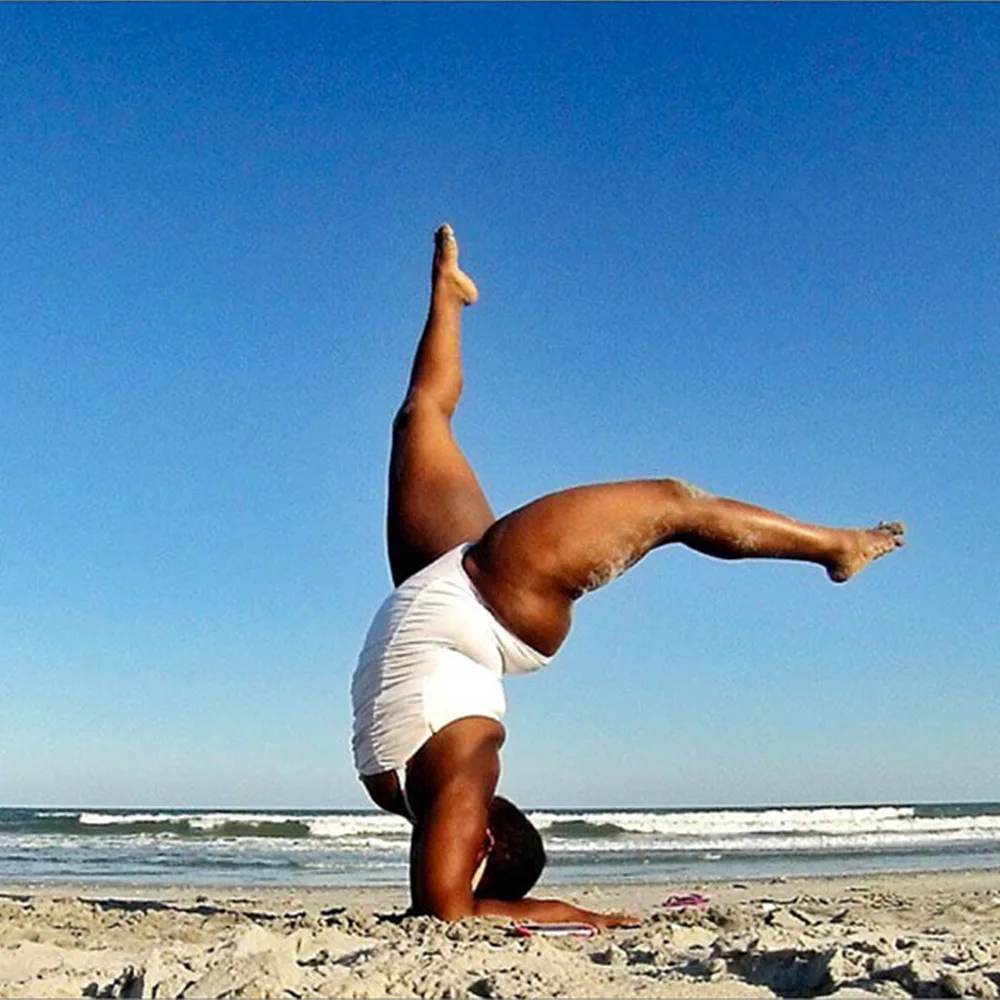
On the face of it, what Jessamyn Stanley does isn’t revolutionary. Every day she shares images of herself twisting into difficult yoga poses with her 116,000 followers. It is not dissimilar to what, say, popular Instagram yogis like Tara Stiles do. (For the record, Stanley has more followers.)
The difference? Stanley is size 18.
“Slender, white, educated,” explains Stanley, summing up the stereotypical yogi. “I’m never going to look like that,” she says.
“So what does that mean for me?”
Stanley started practising yoga five years ago. When she quit her local Bikram studio two years later – partly because of the stares of teachers and students (“Everyone’s all ‘Namaste’, no-one says anything mean directly … But there is the gaze.”) – she started her Instagram account to document her progress.
Today, Stanley is a trained yoga teacher. Her classes are incredibly popular and she receives countless messages from fans every day. Of all the comments, the most common are: “‘I thought I had to lose weight to do yoga’. No! How is that a thing?” laughs Stanley. “I am astounded by my body and what it can do. As long as there are fat [yogis], fat swimmers and fat runners, the view will change,” she says.
“If everyone’s pretending [that] the fat, active, healthy person doesn’t exist, then no-one will see the fat, active, healthy person.”
The Workout Video Queen
ASHLEY GRAHAM, 28 Model, lingerie designer, and host of Curvy Fit Club
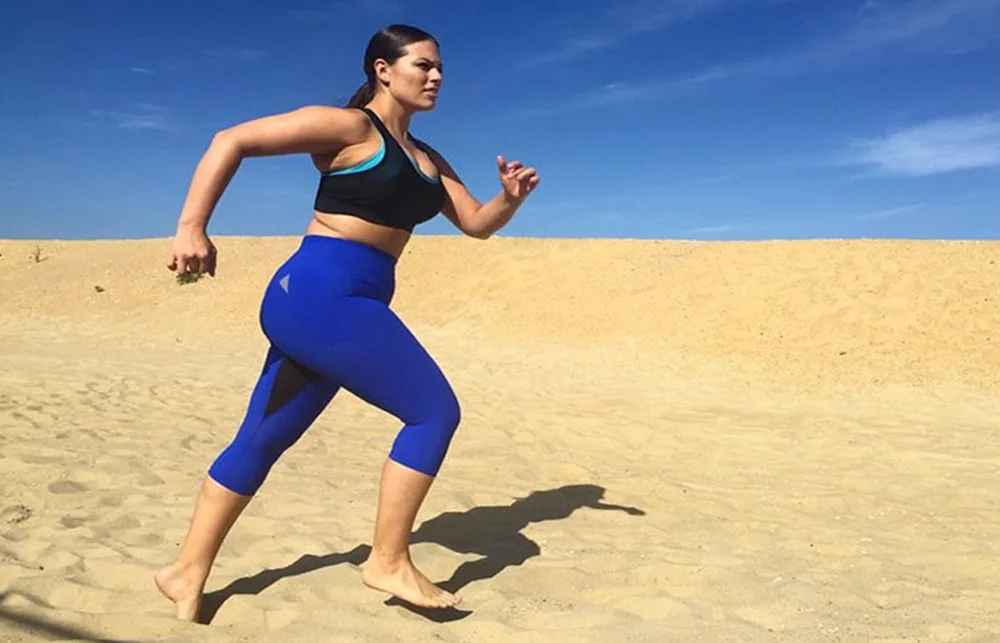
You might be familiar with Ashley Graham’s body of work.
The 28-year-old is one of the world’s most famous plus-size models: she was the first non-sample size model to appear in Sports Illustrated‘s swimsuit issue, has covered international magazines and has given a now-famous TED talk, where she called on the audience to look at their bodies with new eyes.
“Rolls, curves, cellulite: all of it,” she said. “I love every part of me.”
Are you inspired yet? She’s only getting started. Graham’s also the host of the Curvy Fit Club, a series of workout videos co-created with Net-A-Porter.
The clips are aimed at “women who are more curvy [to] keep their curves and keep them toned,” Graham has explained. “You look at most workout videos and the girl … doesn’t have any cellulite and nothing’s jiggling. But all of those things happen to me. I’m just your average girl.” When the videos were first posted online, commenters called for them to be taken down, arguing that, at size 18, Graham wasn’t a good example of fitness (“This video makes no sense if keeping overweight is healthy [sic],” one wrote).
Net-A-Porter refused, and they’ve since had more than 200,000 views.
According to Graham, “You can be healthy as long as you’re taking care of your body, working out, and telling yourself ‘I love you.'”
The Blogger
DANIELLE MELNYCZENKO, 30 Consultant, founder of Danimezza and #aussieFITcurves

When Danielle Melnyczenko was a kid, her favourite thing to do was move. She canoed, hiked and cycled at every spare moment. It was only when, at 19, she left home and headed to the Hawkesbury, an hour north of Sydney, that she lost her love of exercise.
Struggling to get pregnant and living with the reproductive disease endometriosis, Melnyczenko (by then one of Australia’s most popular plus-size fashion bloggers), associated her body with pain.
Two years ago, after significant changes in her health, she began to see her body in a new light, picking up cycling again and falling in love with early-morning yoga.
But her path back to fitness wasn’t a smooth one. She’s been shamed out of more gyms than she can count.
“Some gym bunnies came up to me and said this class isn’t for me because I’m slowing them down,” she laughs. “So I didn’t go back. But I did something else.”
She decided to create an online community for plus-size women who loved working out called #aussieFITcurves.
“A lot of plus-size women hide the fact that they exercise,” says Melnyczenko. “I hate that … #aussieFITcurves is about showing women that what you do with your body is more important thank what it looks like.”
The Running Guru
JULIE CREFFIELD, 38 Plus-size athlete, founder of The Fat Girls’ Guide To Running
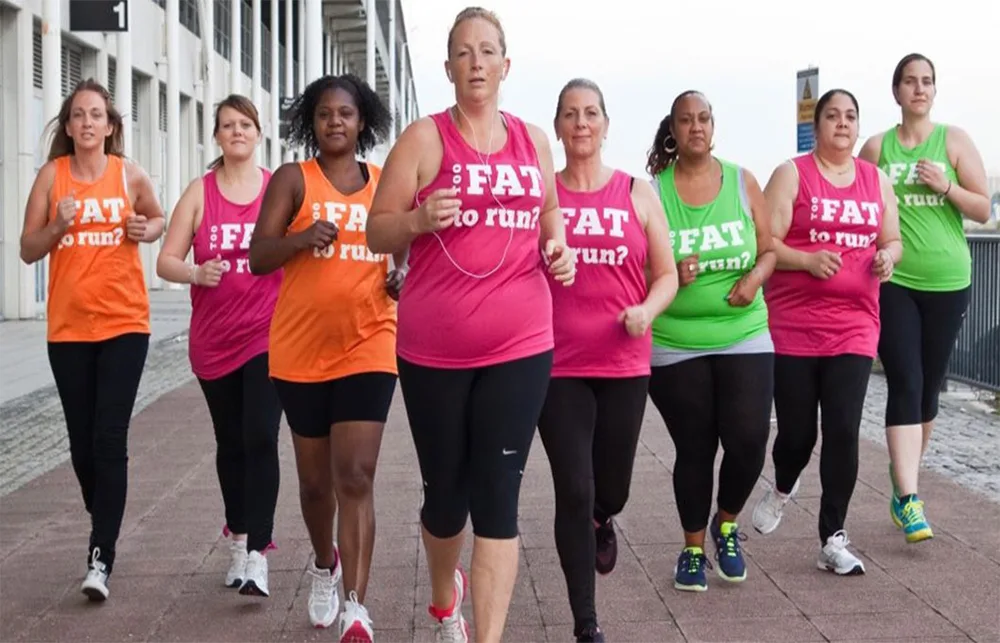
Two weeks before she was due to run her second marathon, Julie Creffield strained her back. She did what any runner would do: she went straight to her doctor, asking if she would be able to run the race she had been training 10 months for.
“He started laughing,” remembers Creffield. “He said, ‘You can’t run a marathon. You’re too fat.'”
At this point in her life, Creffield had been running for more than eight years. But it wasn’t her first experience of body-shaming. At one of her earliest competitive races, by the time she reached the end, the finishing line had already been packed away.
“It reinforced how the running community thinks about plus-size runners … I couldn’t possibly be taking it seriously because if I was, I wouldn’t be fat,” says Creffield.
Rather than letting this turn her off the sport forever, Creffield channelled her feelings into a blog, ‘The Fat Girls’ Guide To Running’, providing everything from advice on where to buy cute activewear to how to start running, all geared towards plus-size women. She sells T-shirts emblazoned with the slogan “Too Fat To Run”.
She’s written four ebooks about running, completed three marathons, and runs between five and 10 kilometres three times a week. On her business cards, she calls herself a “plus-size athlete”. “Growing up I didn’t have any female role models when it came to fitness. I don’t want my daughter to [think] that sport is this odd thing that all the slim, attractive people do,” says Creffield. “I want her to know that it’s something all women can do.”
The Fitness App Founder
NAOMI ALDERMAN, 41 Author, co-creator of Zombies, Run!
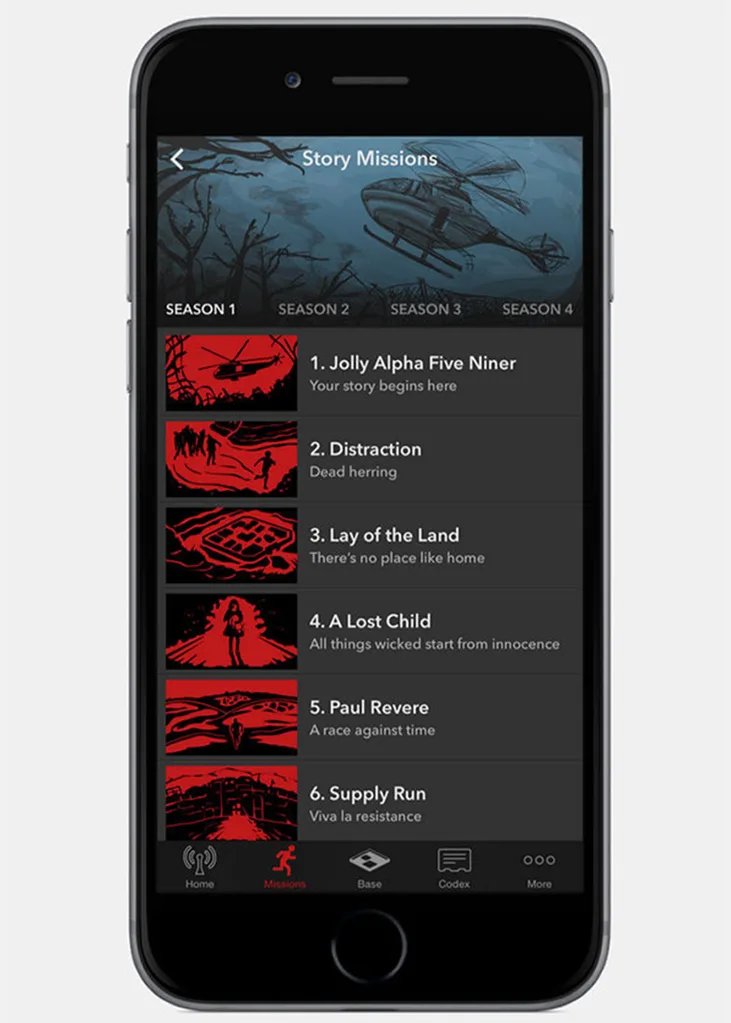
The co-creator of top ranking health and fitness app ‘Zombies, Run!’ is neither a Silicon Valley geek nor an obsessive marathoner.
Rather, Naomi Alderman is an award-winning novelist who also happens to be plus-size … and passionate about exercise.
In the game, launched in 2012 and downloaded nearly two million times, you evade a cast of ghoulish undead on screen by running (or walking, the app doesn’t discriminate) away in real life.
When the game was set to launch, the 41-year-old was concerned that she would be the target of hostile online comments because of her weight.
However, the majority of the feedback was from users exhilarated at having an app that encouraged anyone, no matter how unfit, to take pleasure in movement, with “Thank you. I feel so included,” being one of the most common messages. The truth is, Alderman loves to exercise. Her ever-changing routine involves everything from walking and swimming to pilates. “Exercise taught me to be present in my body. To care more about how it feels than some ideal [body shape],” explains Alderman. “We think that if you have a fat body you’ve never heard of exercise, all you do is sit on your ass. It’s just not true. You can’t tell anything about life from what people look like.”

